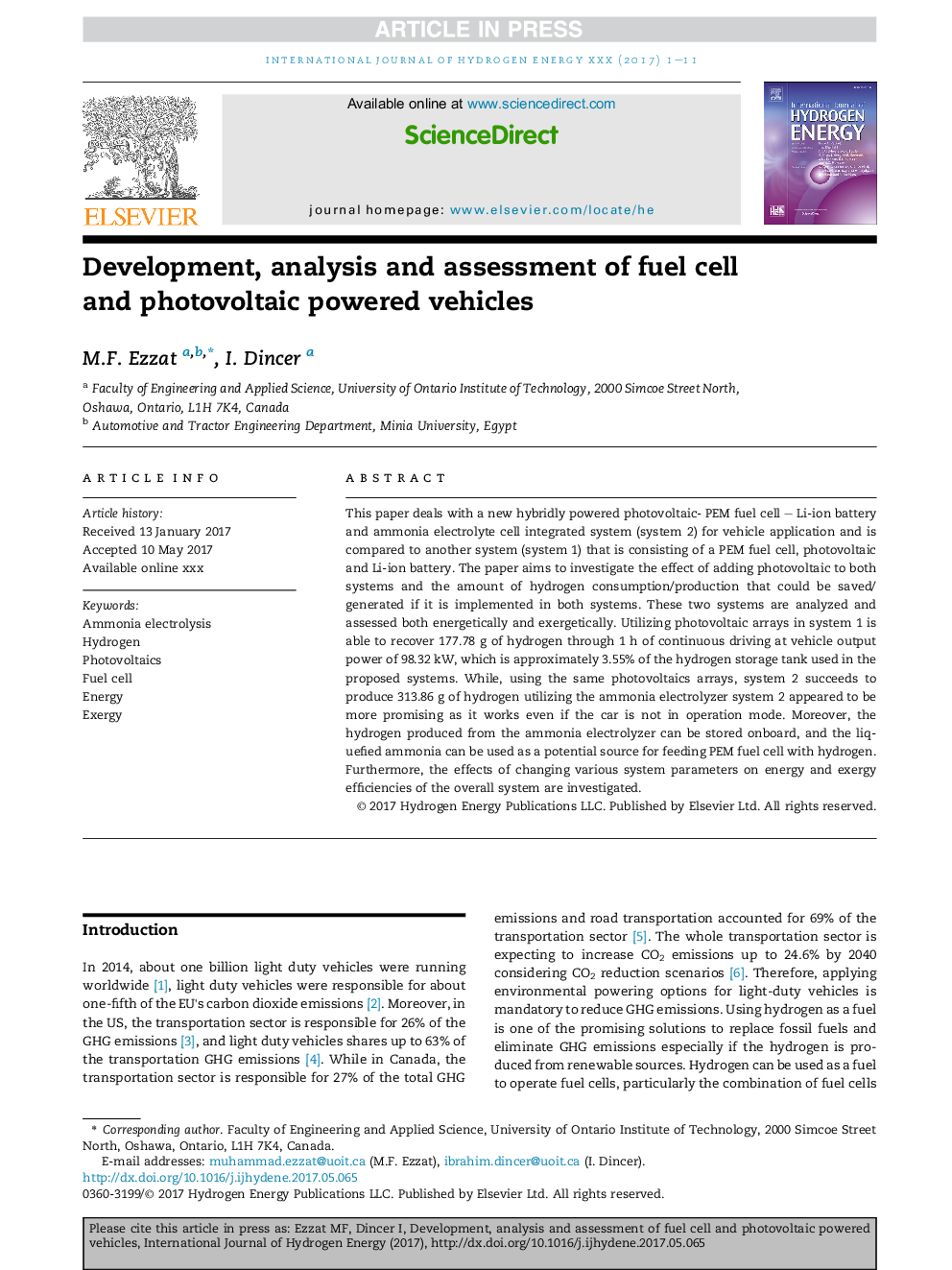ترجمه فارسی عنوان مقاله
توسعه، تجزیه و تحلیل و ارزیابی وسایل نقلیه سوختی و فتوولتائیک
عنوان انگلیسی
Development, analysis and assessment of fuel cell and photovoltaic powered vehicles
| کد مقاله | سال انتشار | تعداد صفحات مقاله انگلیسی |
|---|---|---|
| 138867 | 2018 | 11 صفحه PDF |
منبع

Publisher : Elsevier - Science Direct (الزویر - ساینس دایرکت)
Journal : International Journal of Hydrogen Energy, Volume 43, Issue 2, 11 January 2018, Pages 968-978
ترجمه کلمات کلیدی
الکترولیز آمونیاک، هیدروژن، فتوولتائیک، سلول سوختی، انرژی، اگزرژی،
کلمات کلیدی انگلیسی
Ammonia electrolysis; Hydrogen; Photovoltaics; Fuel cell; Energy; Exergy;

